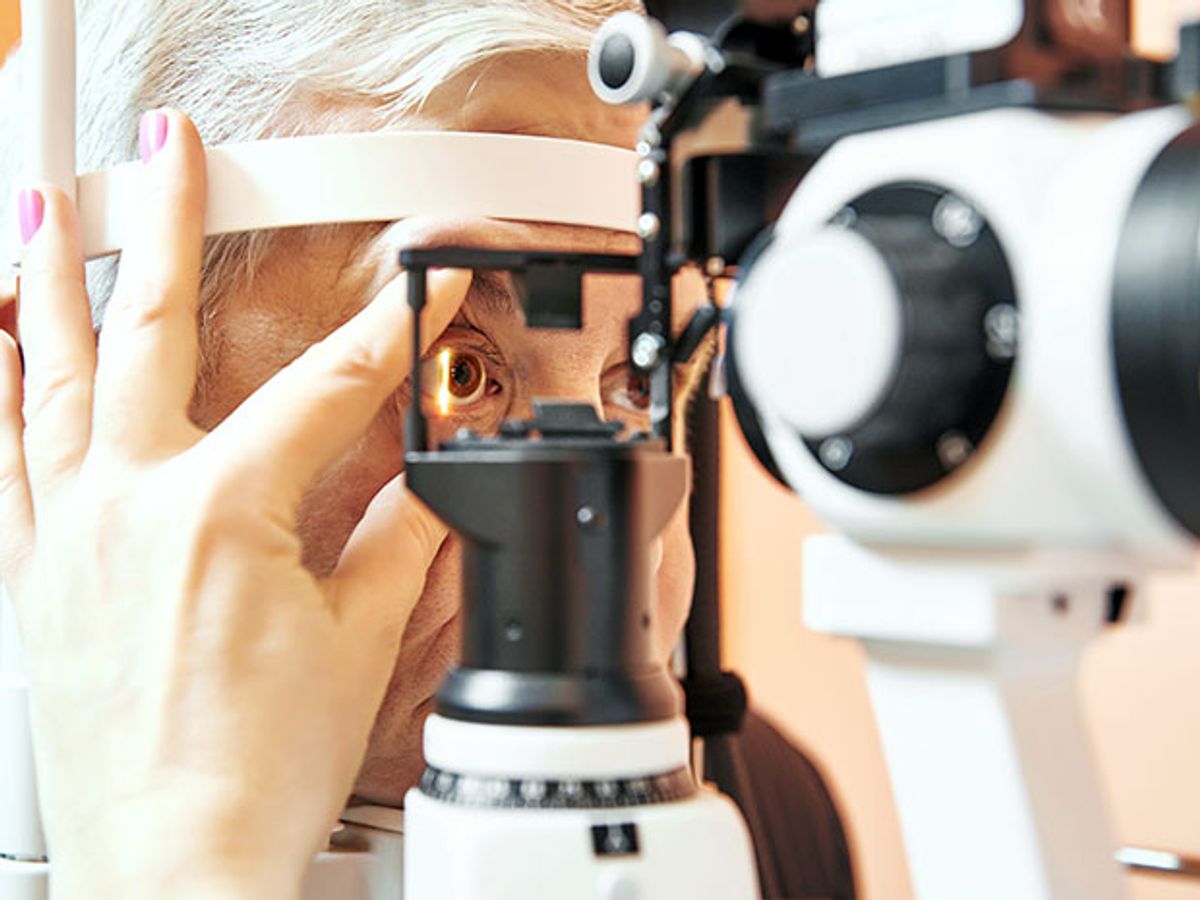About a year ago I met two Silicon Valley entrepreneurs named Andrew Radin, whose matching names generated competition over an Internet domain, a connection, and eventually, a company. The startup is called, twoXAR, an abbreviation of “two times Andrew Radin.” The pair presented an ambitious agenda, they were aiming to revolutionize drug discovery with an algorithm that could mine data sets to identify the most promising candidates for an effective drug, allowing pharmaceutical companies to fast track only the most likely prospects into testing.
Explained one of the Andrews, Andrew A. Radin, in a blog post:
Our platform does not use molecular modeling techniques. Instead, it uses twoXAR-developed AI-based algorithms trained on large and diverse sets of real world biomedical data about diseases and drugs to predict which molecules might be most effective. These biomedical data include gene expression measurements, protein interaction networks, and clinical records.
When I first met the two Andrews, they indicated that they’d had interest from several academic and pharmaceutical organizations, but only one partnership to announced: with the Department of Dermatology at Stanford’s School of Medicine to identify drug candidates targeting lymphatic malformation, epidermolysis bullosa simplex (EBS), and other rare disorders.
What a difference a year makes. Last month, twoXAR announced a partnership with Santen Inc., the U.S. subsidiary of Japanese ophthalmology company Santen Pharmaceutical, to collaborate on identifying new drug candidates for the treatment of glaucoma. Santen will have the exclusive right to commercialize drugs resulting from the work; twoXAR will share in any profits. (The financial details have not been released.)
This first commercial collaboration, Andrew M. Radin said, is where the company is headed, after spending the past year validating its technology through collaborations with Stanford, University of Chicago, and Mt. Sinai in New York City to investigate candidates for rare skin disease, liver cancer, atherosclerosis, and diabetic nephropathy (a leading cause of kidney disease). The company has also announced promising results from a pre-clinical study of ten rheumatoid arthritis drug candidates identified from a set of 25,000 possibilities using its technology.
“We are working on other collaborations which we can’t talk about publicly yet,” Andrew M. told me. “I do think there is a shift happening… The viability of drug discovery companies who are taking a software-first approach is playing out. It wasn’t long ago that you needed a wet lab to start a drug discovery company, I think we are demonstrating that with a laptop and cloud compute you can start in a storefront in downtown Palo Alto.”
Tekla S. Perry is a former IEEE Spectrum editor. Based in Palo Alto, Calif., she's been covering the people, companies, and technology that make Silicon Valley a special place for more than 40 years. An IEEE member, she holds a bachelor's degree in journalism from Michigan State University.



